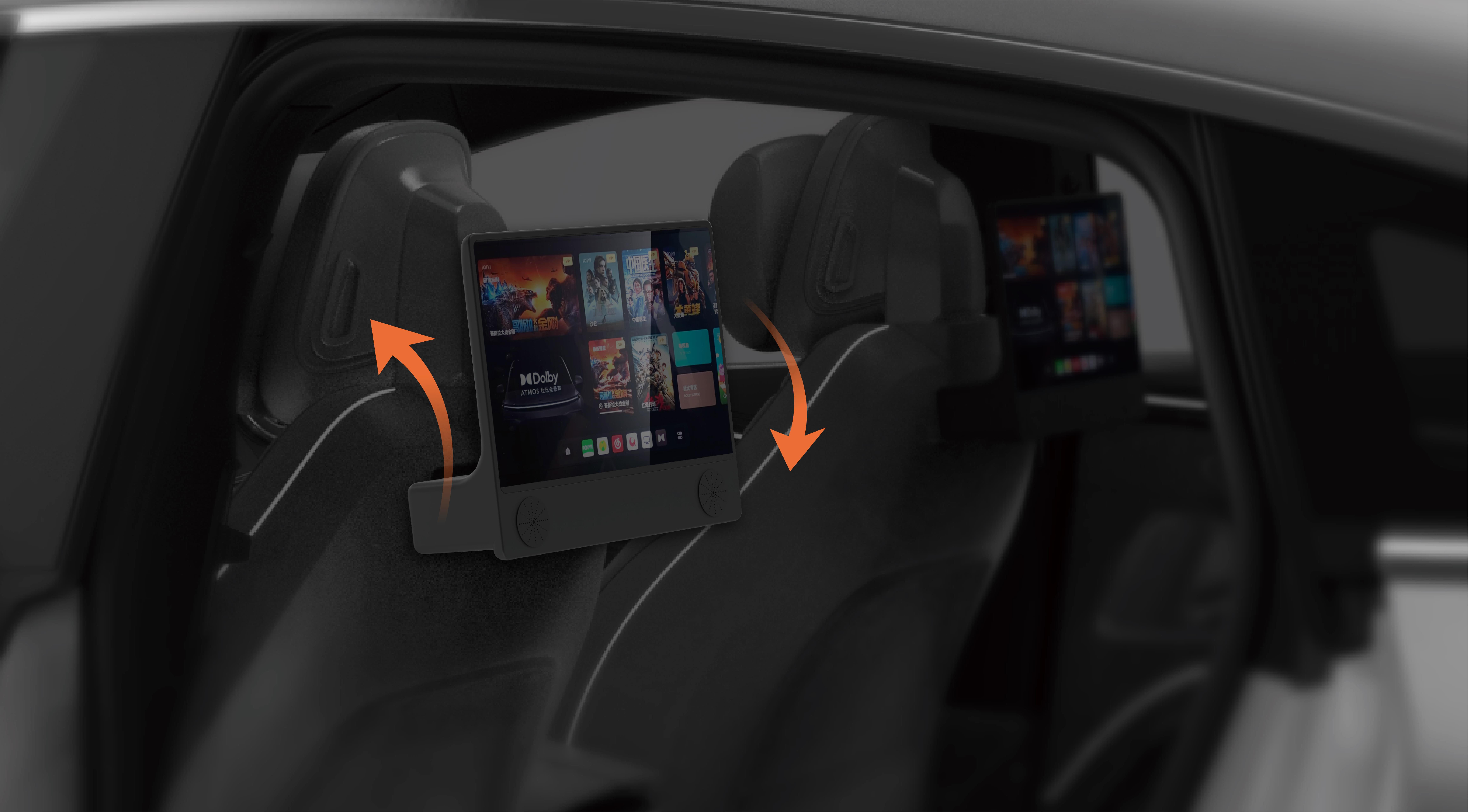Imagine you've got a complex project in mind—multiple services, APIs talking to each other, all running smoothly. That’s where Spring Boot microservices come in. Ah, Spring Boot—it's like the Swiss Army knife for Java developers. But what if you want to see how these pieces fit together in a real-world setup? That’s exactly what a solid example can do for you, especially when it's geared toward microservices architecture using Java.

When you dive into a Spring Boot microservices example, you’re basically stepping into a sandbox that simplifies the chaos of distributed systems. It's like having a ready-made recipe—each microservice is an ingredient. Some handle user authentication, others manage payments, and some keep track of inventory. Seeing how they communicate via REST APIs, share data, and handle failures in the example makes everything click.
You might wonder, "Why should I bother with a full microservices example?" Well, it's about understanding the flow—how each service pulls its weight, how they stay in sync, and how scaling can be achieved without everything falling apart. For instance, if one microservice crashes, does the whole system come to a halt? In a good example, you’d see how circuit breakers or fallback mechanisms keep things resilient. That hands-on insight is gold when you're trying to architect your own resilient system.
Some people ask, “Isn't microservices complex to set up?” Sure, initially, it seems daunting. But a concise Java Spring Boot example strips away the fluff. It shows you how to start each service, connect them, and manage configurations effortlessly. You don't get lost in the weeds—just the necessary steps to get a working microservice ecosystem. Plus, it’s a perfect way to understand the nuances like service discovery with Eureka or load balancing with Ribbon, all within a simplified environment.
The beauty of a good example? It gets you thinking about real problems. How do you handle data consistency across services? What's your fallback plan when services fail? How does your architecture scale when traffic spikes? Seeing these questions answered in code makes it more than just theory. It becomes a mental model you can adapt.
If someone is asking about deploying microservices, I’d say a well-structured Spring Boot example opens up new avenues. It shows not just the how but the why behind each choice. It turns abstract concepts into concrete knowledge. And once you've walked through it, you start dreaming about your own projects, confident that you can build scalable, maintainable systems from scratch.
So, what’s next? Ever think about customizing an example to fit your unique needs? It’s a maze out there, but with a sturdy springboard in Java, you’re already halfway in. Microservices aren't just buzzwords—they're the future of robust software architecture, and seeing how they work, step by step, makes all the difference.
Established in 2005, Kpower has been dedicated to a professional compact motion unit manufacturer, headquartered in Dongguan, Guangdong Province, China. Leveraging innovations in modular drive technology, Kpower integrates high-performance motors, precision reducers, and multi-protocol control systems to provide efficient and customized smart drive system solutions. Kpower has delivered professional drive system solutions to over 500 enterprise clients globally with products covering various fields such as Smart Home Systems, Automatic Electronics, Robotics, Precision Agriculture, Drones, and Industrial Automation.




































